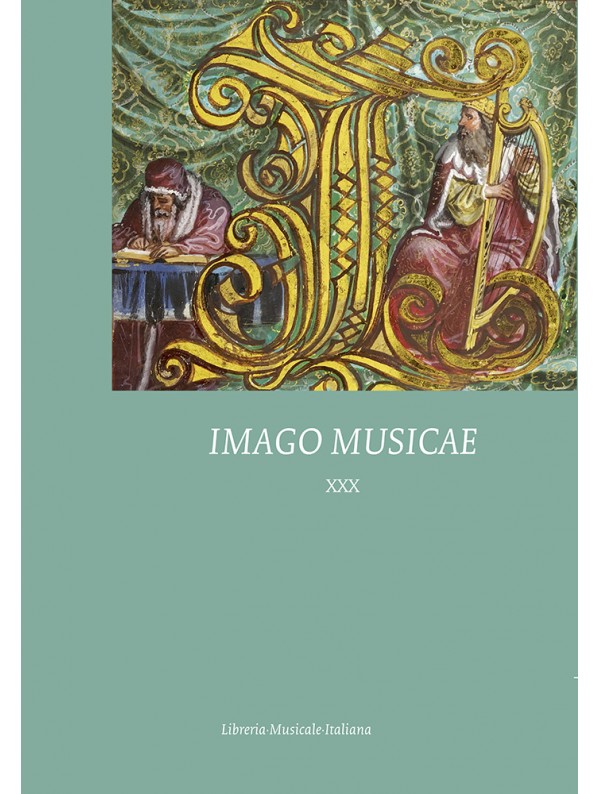Hans Mielichs ‘singende’ Miniaturen, Samuel Quicchelbergs Declaratio und die Musikdarstellungen im Rore-Codex
Abstract
The Bavarian State Library in Munich preserves a magnificent choir book with selected motets of Cipriano de Rore¬the so-called Rore-Codex, compiled on behalf of Albert V, duke of Bavaria, in 1558/59. The court painter Hans Mielich illuminated 82 pages of the music manuscript (Mus.ms. B[1), complemented in 1565 by a Declaratio of the humanist Samuel Quicchelberg (Mus.ms. B[2). Due to the extremely heterogeneous textual and musical matrix, traditional subjects of Christian iconography alternate with highly unusual profane ones; hence no single overarching concetto can be detected. Mielich’s unconventional self-portrait, including a pictorial reference to Apelles, the famous painter of ancient Greece, betrays a witty, self-confident artist; his intellectual input, therefore, can hardly be underestimated. Quicchelberg, on the other hand, did not fully understand all of the pictorial motifs for which he provided a foremost descriptive census, enriched with literary and exegetical sources. The abounding depictions of music and musical instruments, upon which the present article is centered, reveals sound as a guiding principle. Mielich focuses on three core elements: (1) the traditional division into ‘divine’ and ‘mundane’ music; (2) derived thereof, the opposition of ‘good’ and ‘bad’ music according to its intrinsic quality and moral value; (3) the depiction of King David, Tobit, Christ, and Horace, among others, as first ‘inventors’ (authors) of particular chants and prayers. The latter iconographic category allows for self-referential motifs that highlight the choir book as a medium for singers as well as a status symbol for the Wittelsbach patron.
https://www.lim.it/it/imago/5490-hans-mielichs-singende-miniaturen-samuel-quicchelbergs-declaratio-und-die-musikdarstellungen-im-rore-codex-9788870969528.html





